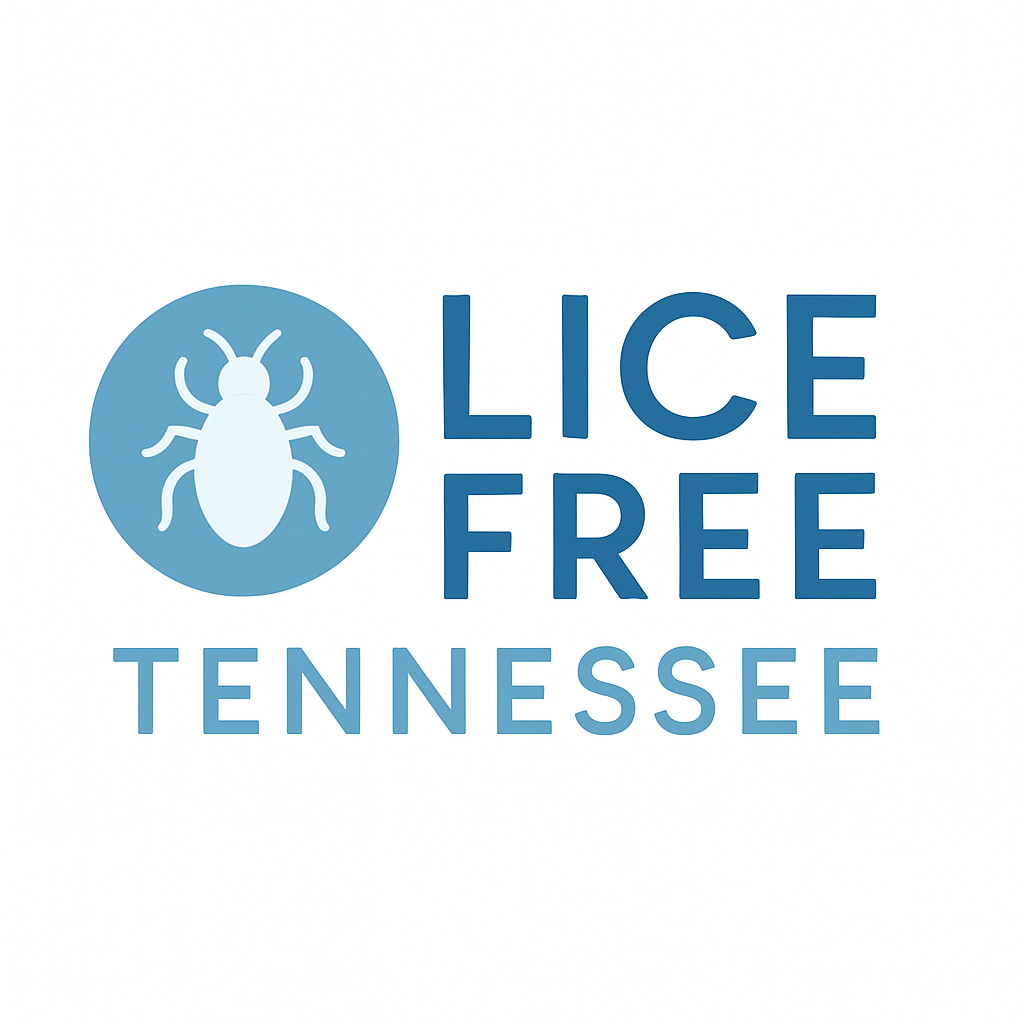
Myths about Head Lice
🐛 Head Lice Myths vs. Facts
Let’s clear up the confusion—because what you don’t know can lead to a full-blown infestation.
There’s a lot of misinformation out there about head lice. We’re here to separate fact from fiction—so you can protect your family with confidence, not panic.
❌ MYTH #1: Lice only happen to dirty kids.
✅ TRUTH:
Lice don’t care if your hair is squeaky clean or hasn’t been washed in a week. In fact, lice often prefer clean hair because it’s easier to cling to.
Lice = exposure + contact, not hygiene.
❌ MYTH #2: Lice can jump or fly from head to head.
✅ TRUTH:
Lice can’t jump, hop, or fly. They crawl. Most infestations happen from direct head-to-head contact, like kids leaning in close, sharing selfies, or sitting side by side at school or sleepovers.
❌ MYTH #3: You can get lice from your pet.
✅ TRUTH:
Nope! Lice are picky. The type of lice that affect humans only live on humans. Your dog, cat, or guinea pig is not to blame (and can’t catch them from you either!).
❌ MYTH #4: Lice live for days on furniture, clothes, and bedding.
✅ TRUTH:
Lice die within 24–48 hours without a human host. While it’s smart to clean hats, bedding, and brushes after an outbreak, lice don’t infest your couch or carpet like fleas.
❌ MYTH #5: Over-the-counter treatments work for killing lice.
✅ TRUTH:
Not anymore. Many lice have developed resistance to traditional drugstore treatments—especially those with pesticides. That’s why we use safe, natural methods combined with expert techniques to get real results.
❌ MYTH #6: You’ll know right away if your child has lice.
✅ TRUTH:
Most kids don’t itch for 2–4 weeks after lice arrive. That’s why infestations often go unnoticed—and spread fast—before symptoms ever show. Regular checks are the best defense.
💡 The Truth? Lice Happens.
But they don’t have to take over your life.
That’s where we come in—with professional head checks, safe treatments, and prevention plans that stop lice in their tracks.
👀 Not sure what to believe?
Book your free Lice-Smart Visit and we’ll show you exactly what to look for—before an infestation starts.
